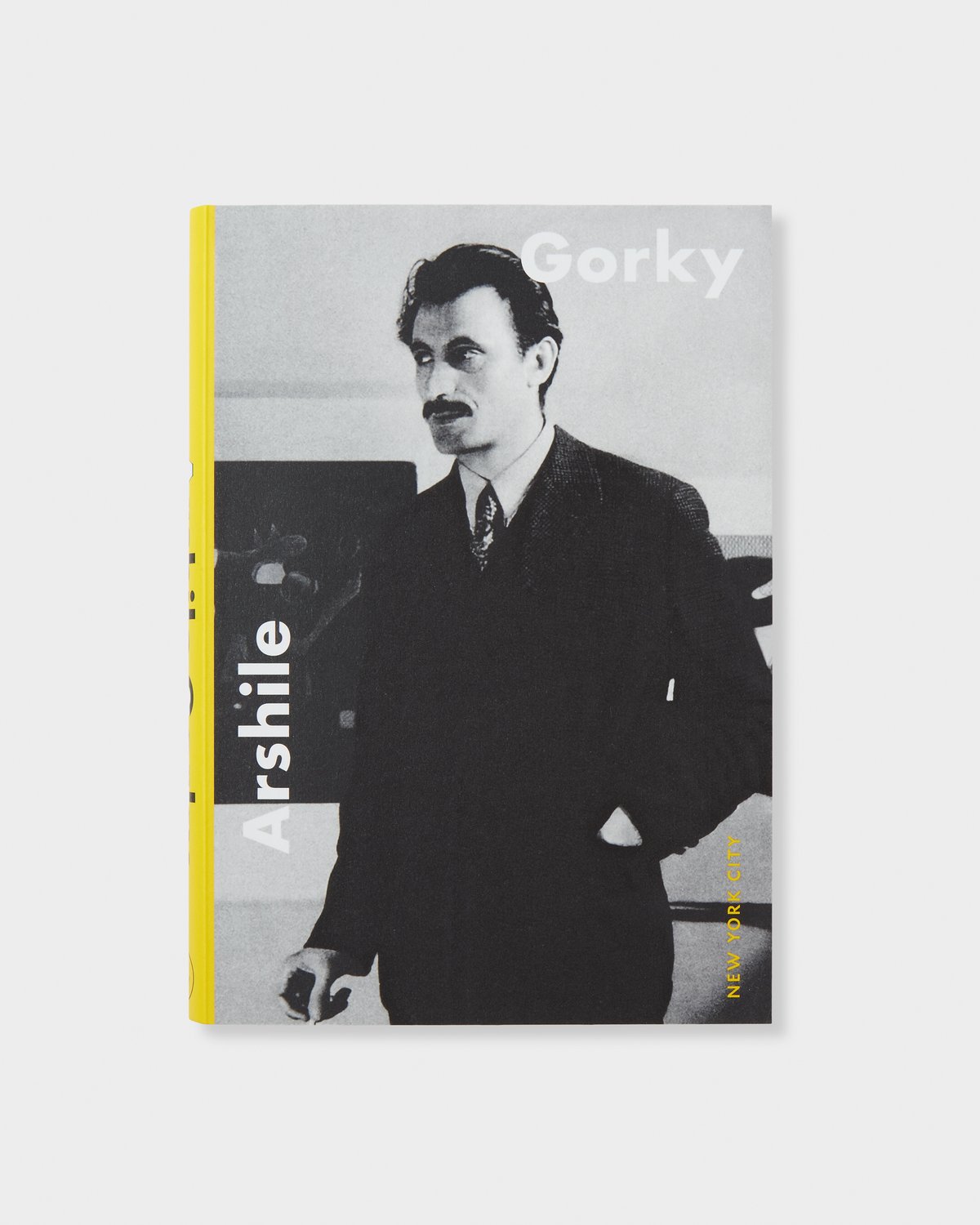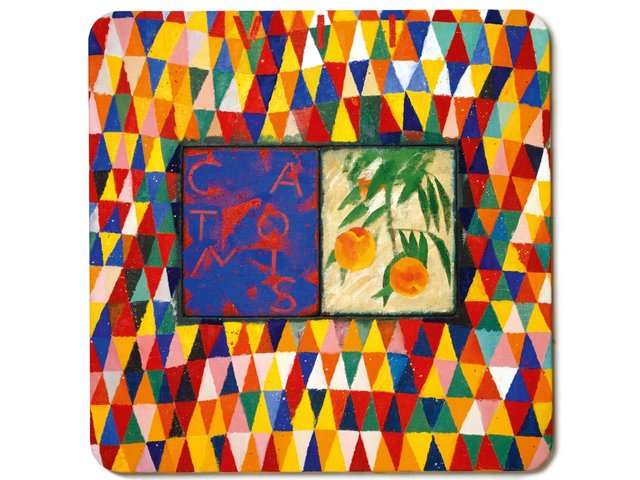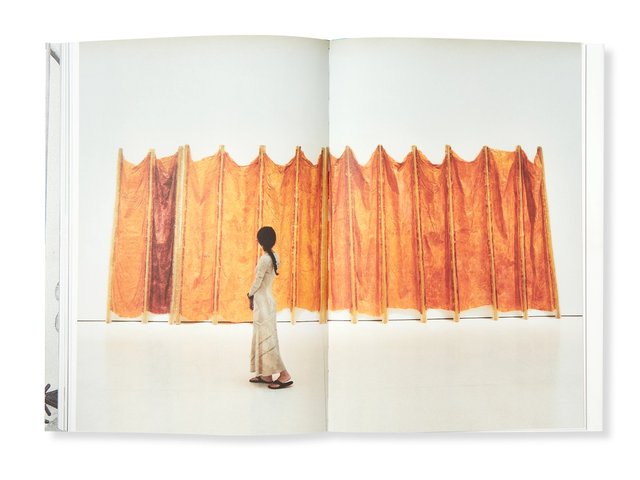Arshile Gorky: New York City, Ben Eastham (editor), Hauser & Wirth Publishers, 244pp, £32 (pb)
A young Armenian painter named Vosdanig Manuk Adoian emigrated to the US in 1920, fleeing from the Armenian genocide. After four years living with relatives in Massachusetts, he moved to New York and changed his name to Arshile Gorky in honour of the celebrated Russian poet Maxim Gorky. This new analysis examines Gorky’s artistic evolution against the backdrop of New York as a Modernist mecca, straddling Surrealism and Abstract Expressionism. Writers and art historians reflect on Gorky’s Manhattan years, including Emily Warner who examines the artist’s murals as “both part of and distinct from the urban fabric—a public art that pulses with its own, often fantastical, energies”. The artist Allison Katz also outlines Gorky’s influence on her artistic development.
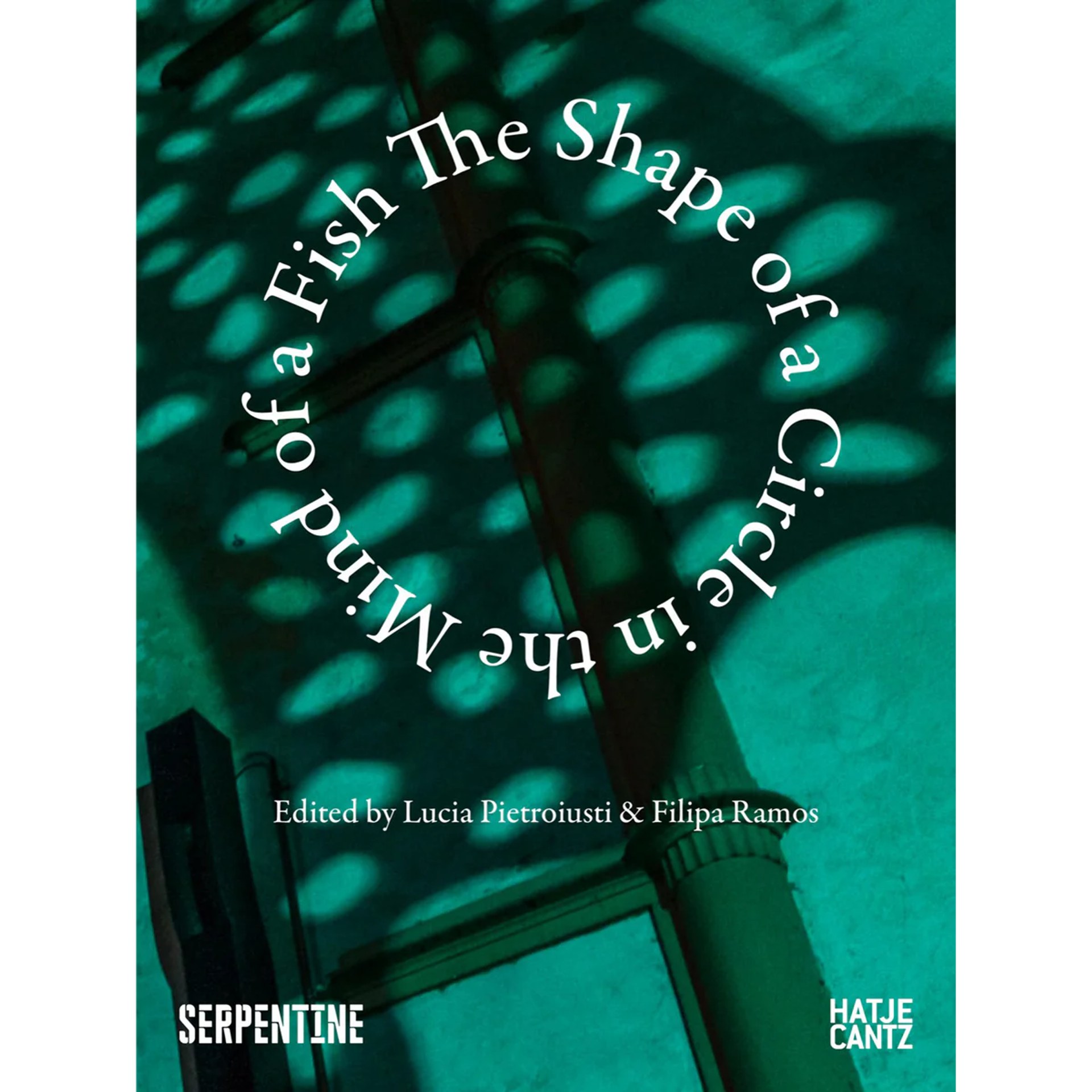
The Shape of a Circle in the Mind of a Fish, edited by Lucia Pietroiusti and Filipa Ramos, Hatje Cantz/Serpentine, 408pp, £44 (pb)
The Shape of a Circle in the Mind of a Fishbegan in 2018 as a multi-year symposium, podcast and research project at the Serpentine Galleries in London, investigating consciousness and intelligence across species and beings. This collection includes essays and musings from over 100 contributors in the arts, humanities, and sciences including the Danish art collective Superflex, the Puerto Rico-based conceptual artists Jennifer Allora and Guillermo Calzadilla, and the UK film-maker Ben Rivers. The volume “explores animal, plant, fungal, and machine consciousness, interspecies communication, and more-than-human perspectives”, according to a press statement. The publication is arranged into five thematic chapters: Worlds, Beings, Grounds, Odes, and Oracles.

Ice Age Art Now, Jill Cook, British Museum Press, 160pp, £14.99 (pb)
The Ice Age is coming to Bradford, UK, with an exhibition and book dedicated to works created in Europe at the end of the last Ice Age (between 24,000 and 12,000 years ago). The exhibition, entitled Ice Age Art Now— a British Museum partnership with Bradford District Museums & Galleries—is due to open at Cliffe Castle Museum in Keighley, West Yorkshire on 21 June. Specific works are explored across seven thematic sections, “highlighting the skill and vision of artists through objects such as an ingeniously sculpted spear thrower made around 16,500 years ago in the form of a mammoth, or a baton carved with fish swimming upstream”, says a publisher’s statement. Works by Rembrandt van Rijn, Henri Matisse and Maggi Hambling highlight art historical links focused on “line, form, shading, composition and abstraction”.
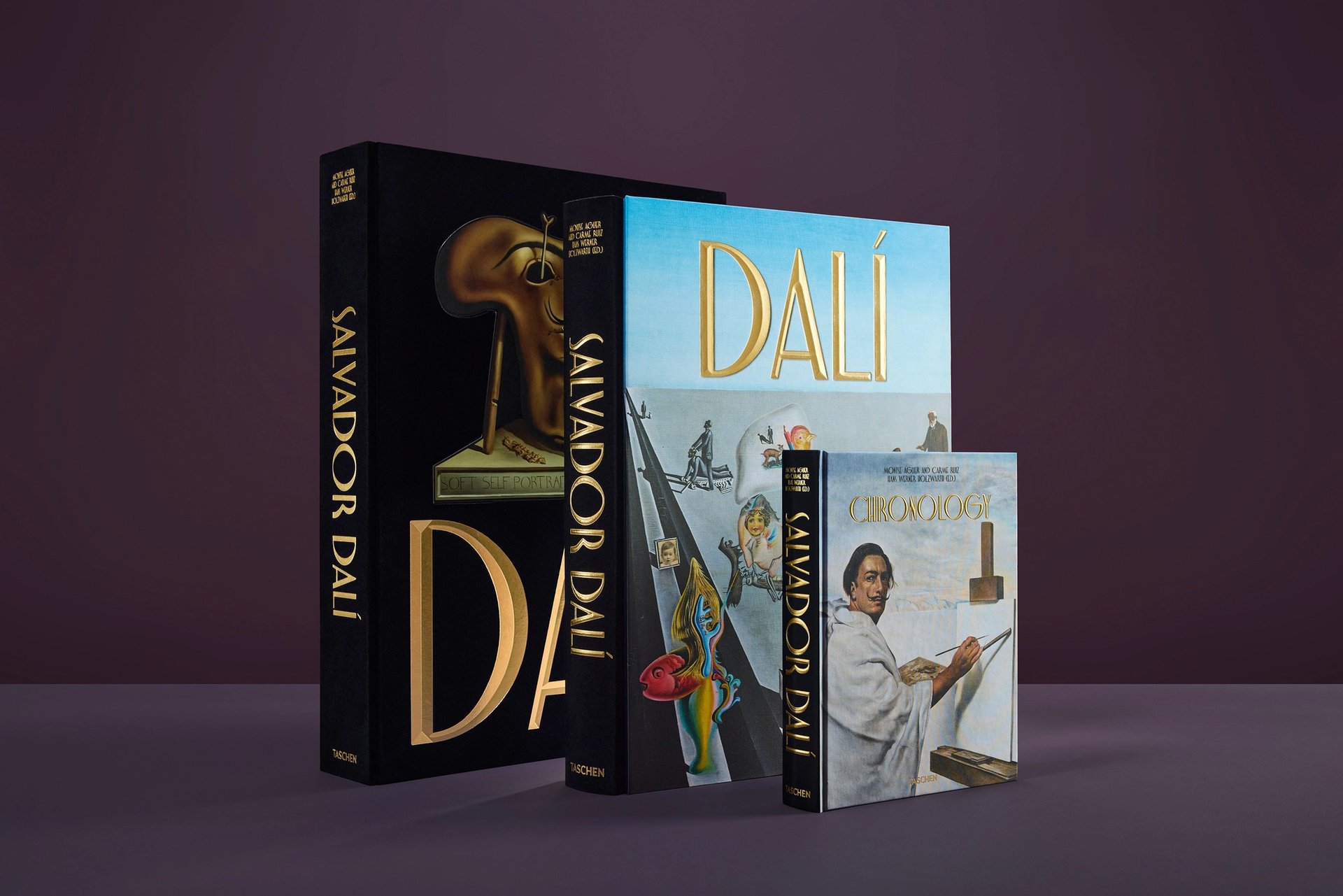
Dalí. Baby Sumo, Montse Aguer, Carme Ruiz and Hans Werner Holzwarth, Taschen/Fundació Gala-Salvador Dalí, 624pp. €1,000 (pb)
The arch Surrealist Salvador Dalí gets the Taschen treatment with this lavish, large-scale monograph that traces the provocateur’s evolution via melting clocks and lobster telephones. “This extra-large monograph consists of two volumes: an XL illustrated book that presents Dalí's works in unprecedented size and detail. The accompanying text volume offers the opportunity to follow the artist's path from year to year,” says a publisher’s statement. Numerous drawings, prints, private photographs and other rarely seen Dalí items, shown in sections covering periods such as “Surrealist Years 1929-34” and “Late Works 1966-83”, are drawn from the Dalí Foundation archives. Key works featured include The Persistence of Memory (1930), The Feeling of Becoming (1931) and Dream Caused by the Flight of a Bee Around a Pomegranate a Second Before Awakening (1944).
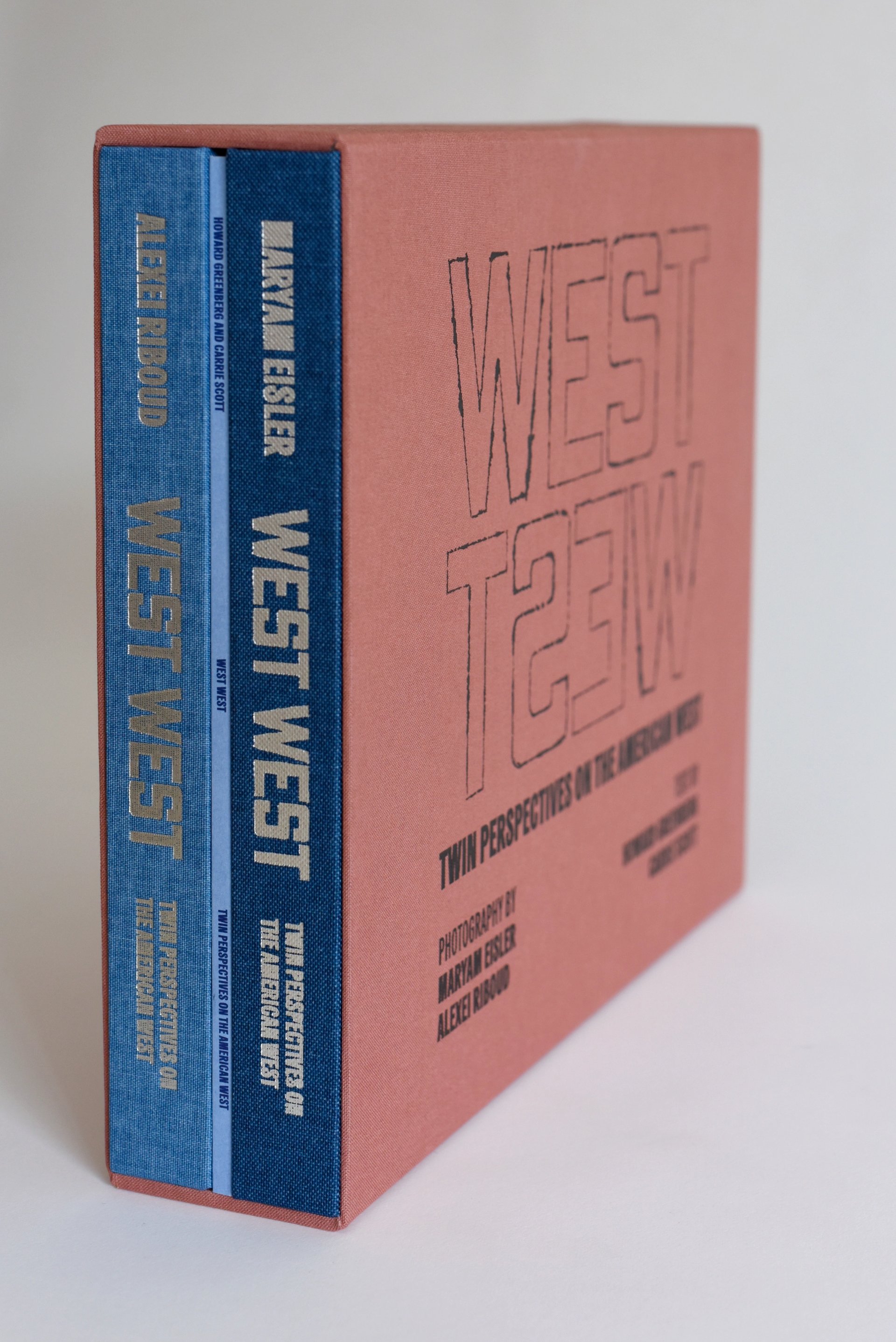
West West: Twin Perspectives on the American West—Maryam Eisler and Alexei Riboud, contributors include Howard Greenberg and Carrie Scott, Struktur, £250 (three-volume slipcase)
Childhood friends Maryam Eisler and Alexei Riboud capture the people and places of the American West in a new book and exhibition launching at Pierre Yovanovitch Mobilier Gallery in New York this month (11 June-11 July). After graduating from high school together in Paris in 1985, Eisler and Riboud went their separate ways, reuniting for a three-week road trip last year taking in Texas, New Mexico, Arizona and Utah. Carrie Scott, the exhibition curator, says on Instagram: “[This is] a dual vision of the American West. Two photographers. One journey. They shot the same landscapes, the same towns, but never the same frame.” The photographer and collector Eisler co-chaired Tate’s Menaac (Middle East North Africa Acquisitions Committee) for ten years, from 2010 to 2020; Riboud, the son of the artist Barbara Chase-Riboud, trained as a graphic designer before turning to photography.
UPDATE: This entry was amended to include the correct name of the gallery.

Saudi Modern: Jeddah in Transition 1938–1964, Architangel, edited by Abdulrahman and Turki Gazzaz (Bricklab), 336pp, €45 (hb)
The product of five years of research by the architecture firm Bricklab, Saudi Modern: Jeddah in Transition 1938–1964 looks at a crucial period in the development of the Red Sea city. In the 1930s oil was discovered in commercial quantities in Saudi Arabia, launching rapid modernisation and demographic change. Saudi Modern: Jeddah in Transition includes academic essays, case studies, and a photography series by the artist Laurian Ghinitoiu. For Bricklab, a team led by the brothers Abdulrahman and Turki Gazzaz, it is a love song to their native city. On a macro scale, it forms part of a shift by those living in the Gulf to research and celebrate their cities, including the often overlooked, steel-and-glass later modern period of the 21st century. The move is subtly decolonial, drawing on sources from the region rather than solely seeing the Gulf through the eyes of Western writers.


